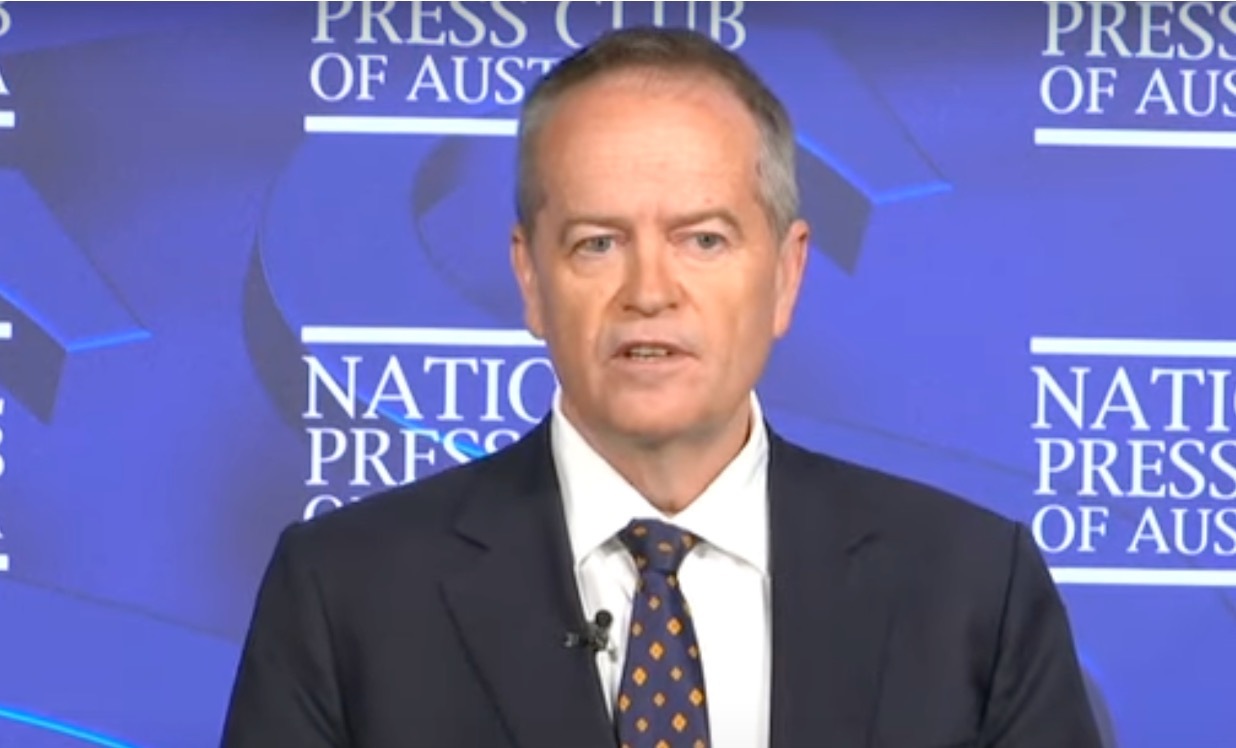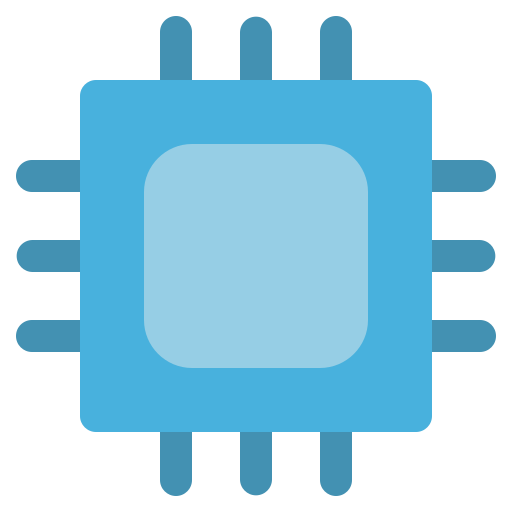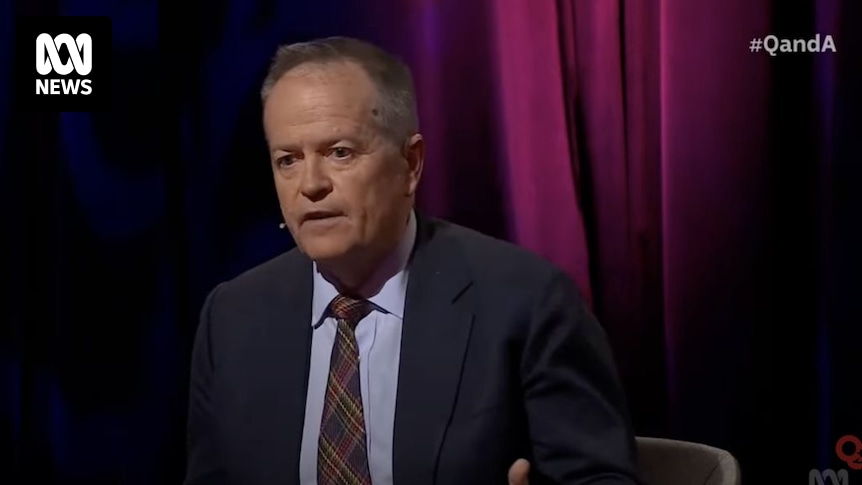MHLoppy
Currently studying CS and some other stuff. Best known for previously being top 50 (OCE) in LoL, expert RoN modder, and creator of RoN:EE’s community patch (CBP).
(header photo by Brian Maffitt)
- 17 Posts
- 54 Comments

 2·2 months ago
2·2 months agoI feel like your preference makes sense when aligned from the perspective of a conventional forum-like platform. However I’d argue that that’s missing a core part of what kbin is/was – and by extension what Mbin is – which is the microblog integration alongside the forum-like stuff. With that context in mind, boosts (or whatever term you want to use for “retweet”) make sense to integrate imo.
Whether or not you think Mbin should try to integrate the microblog side of things is of course a subjective - I personally think it’s a cool idea to try at least, but with how dominant lemmy has become it can be difficult to reconcile differences and incompatibilities between it and other software like Mbin.

 5·2 months ago
5·2 months agoMbin has a specific and different meaning for the term “post” as used in the OP, so it’s one place where translating from lemmy or other “generic internet forum” jargon doesn’t work. It’s for microblog posts associated with a magazine that are independent of threads in that magazine.
E.g.: https://fedia.io/m/firefox/microblog has “posts” in Mbin terminology – though if I had to guess I think most Mbin users will use the qualified “microblog post” or similar if they actually mean to reference the Mbin meaning of the term.

 2·3 months ago
2·3 months agoWhat’s up with the android beef? I hadn’t heard about that one 😅

 7·3 months ago
7·3 months agoFair point, but I guess I would hope that the person being paid to write the copy would check it, since getting that right seems like it’s part of their job description ¯\_(ツ)_/¯

 20·3 months ago
20·3 months agoOr 53.6 degrees Fahrenheit if you believe whoever wrote the page for Nissan lmao. I guess they just typed it into a converter with no context, and the converter spat out an answer amounting to “if your thermometer says it’s 12 degrees C, that would be 53.6 degrees F”… but without that context.

 34·3 months ago
34·3 months agoThanks for so politely and cordially sharing that information
edit: I would be even more appreciative if it were true: https://www.rockpapershotgun.com/rocket-league-ending-mac-and-linux-support-because-they-represent-less-than-0-3-of-active-players
Quoting their statement:
Regarding our decision to end support for macOS and Linux:
Rocket League is an evolving game, and part of that evolution is keeping our game client up to date with modern features. As part of that evolution, we’ll be updating our Windows version from 32-bit to 64-bit later this year, as well as updating to DirectX 11 from DirectX 9.
There are multiple reasons for this change, but the primary one is that there are new types of content and features we’d like to develop, but cannot support on DirectX 9. This means when we fully release DX11 on Windows, we’ll no longer support DX9 as it will be incompatible with future content.
Unfortunately, our macOS and Linux native clients depend on our DX9 implementation for their OpenGL renderer to function. When we stop supporting DX9, those clients stop working. To keep these versions functional, we would need to invest significant additional time and resources in a replacement rendering pipeline such as Metal on macOS or Vulkan/OpenGL4 on Linux. We’d also need to invest perpetual support to ensure new content and releases work as intended on those replacement pipelines.
The number of active players on macOS and Linux combined represents less than 0.3% of our active player base. Given that, we cannot justify the additional and ongoing investment in developing native clients for those platforms, especially when viable workarounds exist like Bootcamp or Wine to keep those users playing.

 2·3 months ago
2·3 months agoFair enough! I barely use its social side since most of the games I’ve played on there are singleplayer titles - honestly didn’t even know that wasn’t there yet!

 13·3 months ago
13·3 months agoI kinda understand it not being a priority; even if they dedicated the resources to both create and adequately maintain Linux support, I imagine very few of the games on the platform have native support anyway. Sure, many would work (to varying degrees) with the various bags of tricks available, but it’s still an extra step of compatibility that’s sort of beyond their immediate control.

 2·3 months ago
2·3 months agoI guess our opinions differ, because I don’t consider either of those to be “basics”. They’re nice features for e.g., Steam to have, sure, but they’re not “game launcher 101” imo.

 42·3 months ago
42·3 months agoWhat do you consider basic that it’s still missing? To be honest I’ve felt content with it as a game launcher for a while now, but I admittedly don’t use it that often either.

 5·3 months ago
5·3 months agoFYI: https://github.com/uBlockOrigin/uAssets/issues/9785
So consider using the official website, which is currently: https://lubuntu.me

 52·3 months ago
52·3 months agoThe agency had learned about a semitrailer coming across the Mexican border, and agents tracked the drugs to the farmers market, said DEA Special Agent in Charge Robert Murphy. The drugs were found inside the truck, he said.
“This was contained in a cover load of celery,”
So unfortunately not inside the celery itself, which would of course be significantly more fun :(

 6·3 months ago
6·3 months agoFor those on platforms that can’t see the link: https://12ft.io/https://www.thedailybeast.com/jd-vance-told-his-son-to-shut-the-hell-up-about-pokemon-while-talking-to-trump

 81·4 months ago
81·4 months agoFunny headline aside, semantics and trying to understand expected meanings of words and phrases is fucky and makes for an interesting case. Per the article the court decision was only 4-3 (i.e., close), and the dissent seemed – as a person who admittedly is not well-versed in the language normally used by Ohio’s Supreme Court – to be pretty strongly opinionated.
From the snippets in the article I find it pretty easy to sympathize with both sides of the argument!
edit: the full text is available here (the original unarchived source is being hammered by curious people) - you can download the file to read it in full-res
The question seems to be: “did the restaurant exercise reasonable duty of care”. There is a lot more to the case than the fun-but-sensationalized headline and even article.
“Comma-la” unfortunately doesn’t help much for people without US accents lol (though of course people in the US are who the question and answer are most relevant to). On first reading – without the accent or something close to it – it implies “kom-uh-luh”, whereas with the accent it implies something more like “kah-muh-luh”, just based on how people pronounce “comma” differently.

 10·4 months ago
10·4 months agoIntel fumbled hard with some of their recent NICs including the I225-V,[1][2] which took them multiple hardware revisions in addition to software updates to fix.
AMD also had to be dragged kicking and screaming to support earlier AM4 motherboard buyers to upgrade to Ryzen 5000 chips,[3][4] and basically lied to buyers about support for sTRX4, requiring an upgrade from the earlier TR4 to support third-gen Threadripper but at least committing to “long-term” longevity in return.[5][6] They then turned around and released no new CPUs for the
chipsetplatform, leaving people stranded on it despite the earlier promises.[7]I know it’s appealing to blindly trust one company’s products (or specific lineup of products) because it simplifies buying decisions, but no company or person is infallible (and companies in particular are generally going to profit-max even at your expense). Blindly trusting one unfortunately does not reliably lead to good outcomes for end-users.
edit: “chipset” (incorrectly implying TRX40) changed to “platform” (correctly implying sTRX4); added explicit mention of “AM4” in the context of the early motherboard buyers.
There’s currently no implementation (the repos are currently just skeletons), so it could just be a semantics difference right now.

 3·4 months ago
3·4 months agoEh, it was reported about the normal amount imo. With the violent lone-wolf types, sometimes media under-reports it to reduce copycat actions (see the famous Newswipe clip).
I’m aware of at least two posts about it from the ABC (national broadcaster)[1][2] and one from local news[3] (paywalled, mirrored here), though admittedly this one has a very local-news angle on it.
Most significantly, the manifesto favorably references Brenton Tarrant, the Australian-born terrorist who in March 2019 murdered 51 people at two mosques in Christchurch, New Zealand. Patten describes himself as having become fascinated by Tarrant’s actions.
There would appear to be copycat elements.
Yeah, hence some under-reporting of the details. There’s some fair discussion about reporting / commentary on recent protests there but I don’t personally think the comparison to this incident seems fair.

 4·6 months ago
4·6 months agoCool idea, though I was surprised by the level of fidelity loss in the fountain example. I would’ve expected that to be a good case scenario for noise cancellation so maybe it just needs some more time to iterate and improve on its level of “false positive” removal.



















Yes: https://apnews.com/article/onion-buys-infowars-alex-jones-6496f198d141c991087dcd937b3588e9